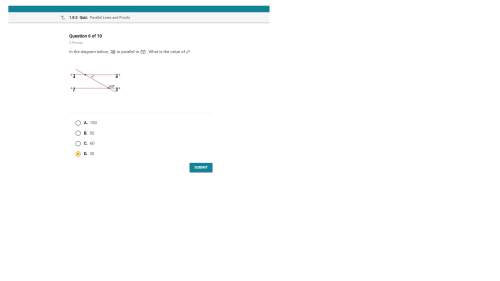
Mathematics, 25.09.2021 08:20 Izzyfizzy1
A biased coin is tossed, and it is assumed the chance of getting a head, H, is 1/3 (Thus the chance of getting a tail, T, is 2/3). Consider a random experiment of throwing the coin FIVE times. Let S denote the sample space. Describe the elements of S.
(b) (2 pts) Let X be the random variable that corresponds to the number of the heads coming up in 5 times of tossing. What are the values that the random variable X takes?
(C) (2 pts) Find the probability that there is 3 tails and 2 heads, that is, P(X = 2). (d) (2 pts) Find the probability that there are at least 2 heads, that is, P (x > 2)
(e) (2 pts) Suppose that for each toss that coms up heads, we win $4, but for each toss that comes up tails, we lose $3. Clearly, the quantity of interest in this situation is our total winning. Let Y denote this quantity. What re the values the random variable Y can take?

Answers: 2


Other questions on the subject: Mathematics

Mathematics, 21.06.2019 13:30, TheOneandOnly003
Which statement is not always true for a parallelogram? (a) opposite sides are congruent. (b) diagonals bisect each other. (c) it has 4 congruent angles. (d) consecutive angles are supplementary.
Answers: 1

Mathematics, 21.06.2019 14:50, hiihihihij
Do 12/14 and 8/10 have the same value? explain your answer.
Answers: 1

Mathematics, 21.06.2019 15:30, ahoney2233
Iwill make brain if you me correctly fill this out needs due today pls and send it back to me (click the link and you will get it)
Answers: 2
You know the right answer?
A biased coin is tossed, and it is assumed the chance of getting a head, H, is 1/3 (Thus the chance...
Questions in other subjects:

Mathematics, 10.10.2021 06:20






Mathematics, 10.10.2021 06:20

Chemistry, 10.10.2021 06:20


Computers and Technology, 10.10.2021 06:20




